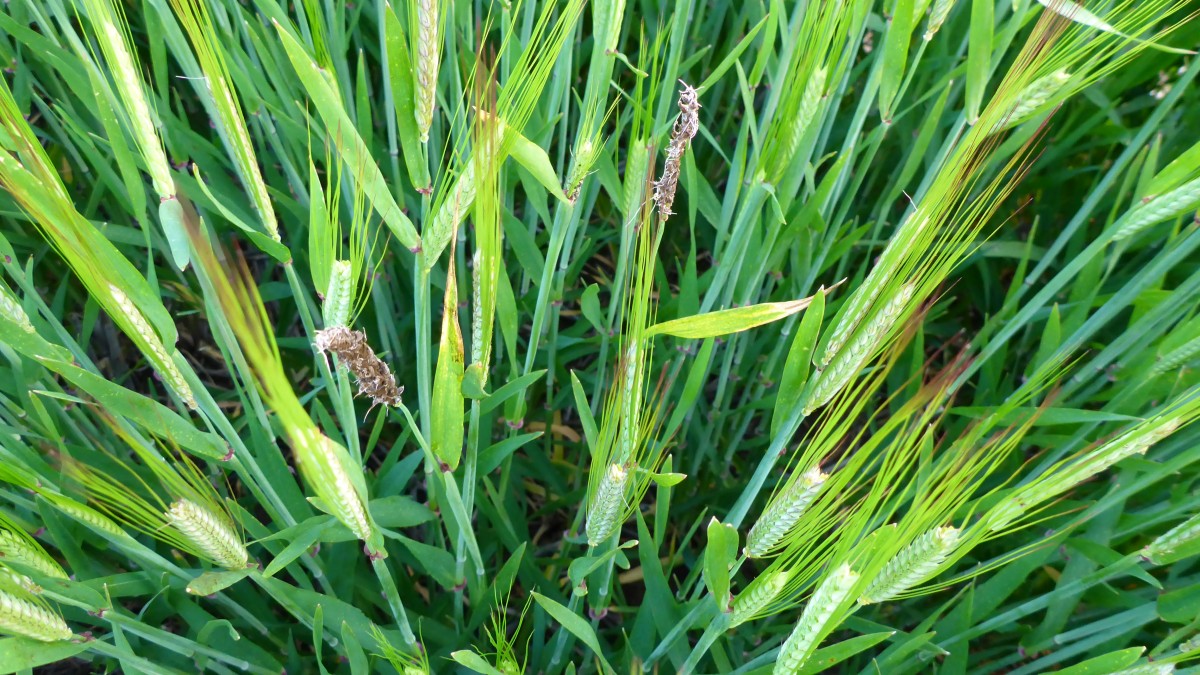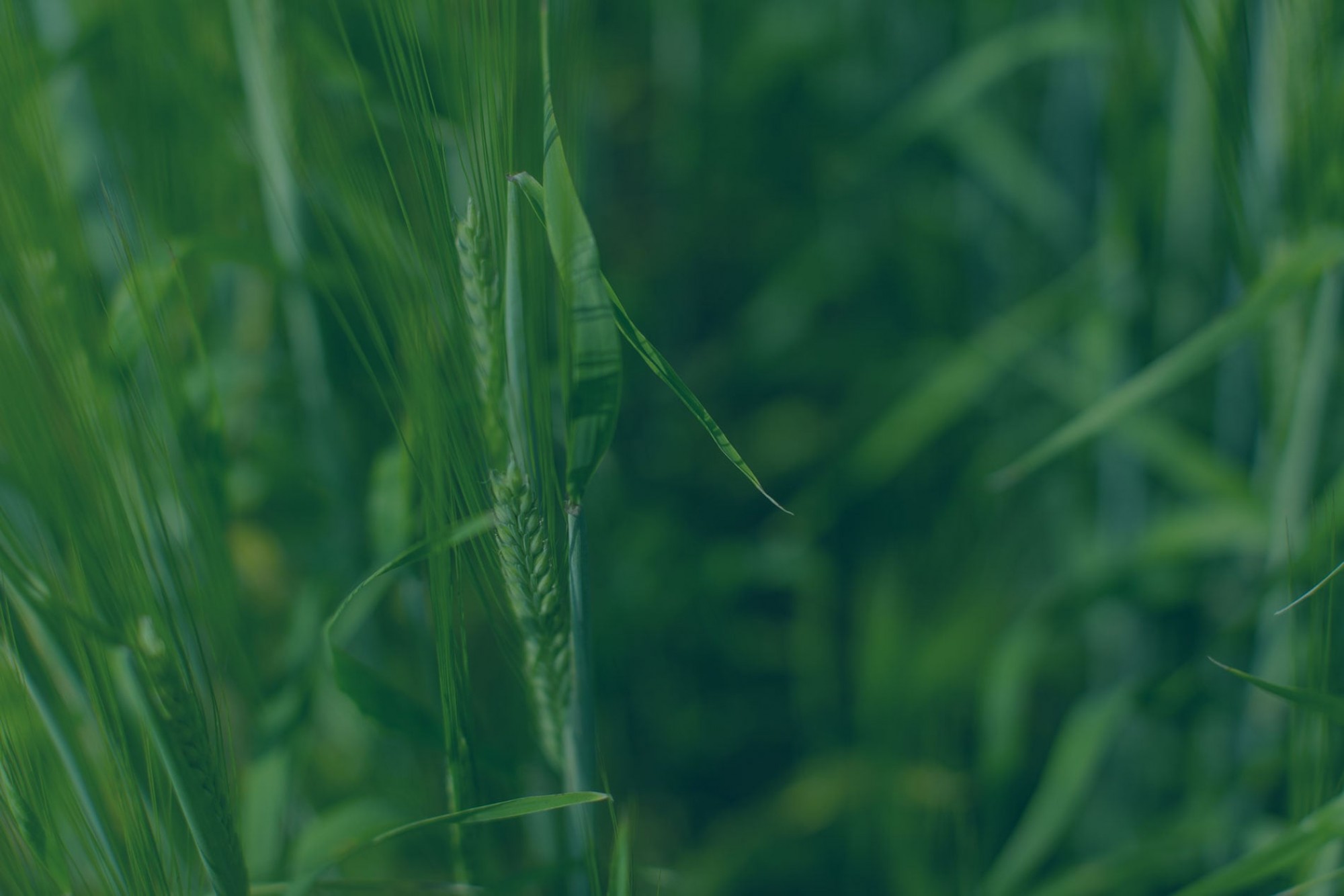True loose smut in barley
By Jeremy Boychyn MSc. P.Ag., Agronomy Research Extension Specialist | Alberta Wheat and Barley Commissions
A foundational step in establishing a high yield potential crop is minimizing the impact of seed-bourne diseases on yield and quality. True loose smut (TLS) is a seed-bourne disease that can reduce both the yield of barley. Caused by the fungus Ustilago nuda, TLS infects the embryo of barley seed. Infection of the seed occurs when a previously infected seed is sown. Sowing TLS infected barely seed will reduce the yield of the crop because the flowering spikes will be replaced by spikes of fungal spores. In addition, heads with loose smut spores act as a source of TLS leading to infected seed that can result in TLS when planted the next growing season.
Although TLS will not impact seed germination, it infects and survives within the growing plant throughout the season. When the seed germinates, the fungus is activated and colonizes the growing point of the plant. As the head develops, all the tissue except the central spike is invaded and converted to spores that are covered by a delicate, easily ruptured membrane (Figure 1). These infected heads typically emerge before healthy plants in the crop. Wind easily disperses spores that land on healthy heads eventually germinating and infecting embryo tissues leading to infected grain. Sowing TLS-infected barley seed will reduce crop yield given the plants that are produced do not produce seed. Losses from infection can range from 1% to 40% and in general, the percent yield loss is equal to the percent of the heads infected with TLS.

Figure 1: True loose smut in barley. Note the black brownish dusty spores replace grain kernels. Image courtesy of Dr. Kelly Turkington (AAFC Lacombe).
Currently, no numerical grade tolerances exist for smut on commercial barley, while certified No. 1 seed is only allowed up to 2% seed infection with TLS. Fortunately, the occurrence of TLS will not likely impact the grain grade and marketability.?
Luckily, producers can implement multiple tactics to mitigate their risk of TLS impacting barley yield and seed lots.
Scout fields
Scouting the field within a week or two after flowering has occurred can help determine if the crop is infected with TLS. Target areas that may hold increased moisture. However, this is not the only place that infected barley heads may be found. If infection is discovered through field scouting, producers can then take actionable steps such as sourcing new seed for the following year or testing their seed intended for planting for TLS. If low enough levels are found, a seed treatment can be utilized to mitigate further impact.
Certified seed
Certified seed is required to be tested for TLS prior to sale. The use of certified seed guarantees the seed lot has been tested for TLS. Below is the maximum allowed TLS for various seed grades.

Utilize a resistant variety
Unlike the surface-borne smuts TLS is not a priority 1 disease for barley in Canada. However, given its potential impact candidate varieties are still tested and rated for TLS resistance before registration. Producers can refer to the Alberta Seed Guide to determine a variety’s resistance to TLS. Use of a resistant or moderately resistant variety will substantially reduce the risk of TLS impacting crop yield and future use for planting.
Utilize a seed treatment
Producers select variety based on numerous factors. Unfortunately, no variety is perfect and all variety selections are a trade-off between a combination of attributes. In other words, a variety may be selected based on end-use, yield and lodging but the ideal variety to fit those needs may lack resistance to TLS. If this is the case for TLS, producers should apply seed treatment that controls for TLS. This is especially the case for seed lots with confirmed TLS infection through accredited lab testing. There are numerous seed treatment options currently available on the market. Alberta’s Crop Protection Guide can provide details on the different options.
Test your seed lot
If you are utilizing farm-saved seed, have it tested for TLS at an accredited lab. TLS can develop in the field and easily go unnoticed. Additionally, there are no visual symptoms to indicate a seed lot is infected after harvest. Therefore, it is likely that producers are seeding TLS infected crops without knowing. If TLS infection is found through testing, producers should find new seed or utilize a seed treatment.

